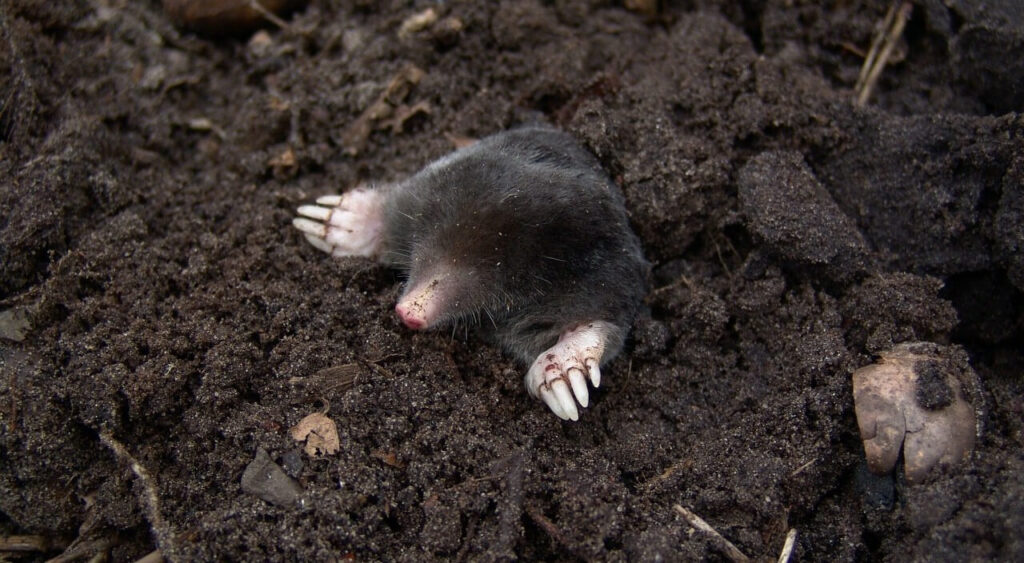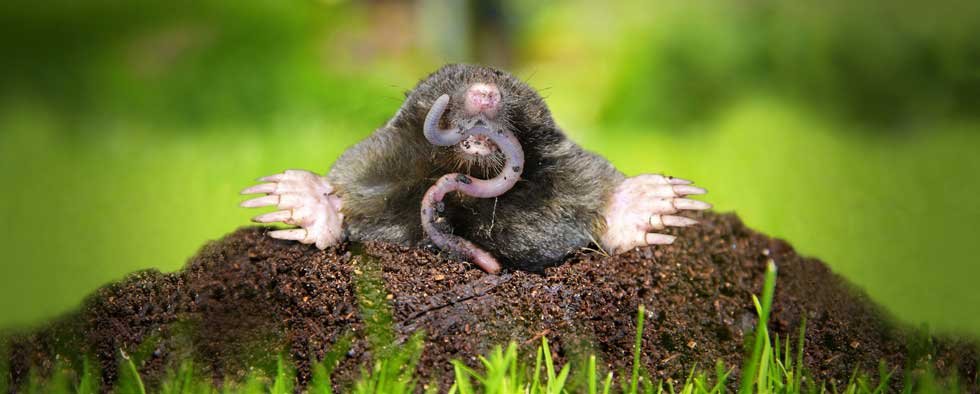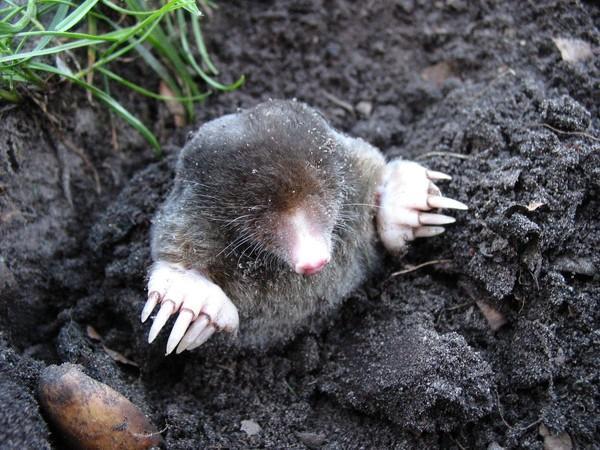
Having problems with Moles?
When moles suddenly appear it may be due to the weather, the condition of lawn, or in some cases access from a neighbours garden as they have not got a mole trapper in . There could be consistent food source in the garden from worms. This is why a initial Environmental Risk Assessment will take place and any relevant factors recorded:
- Access.
- Level of infestation
- How widespread is the infestation
Once we are sure environmental factors have been check and no wildlife will be harmed we will place down traps cover all the mole runs in relevant locations throughout the garden/field as to manage the infestation safety.
Professional Mole Control Services in the UK
Moles can cause extensive damage to gardens, sports grounds, farmland, and landscaped areas. Their burrowing activities create unsightly molehills, uneven surfaces, and soil disturbance that can ruin lawns and golf courses. At Shire Pest Solutions, we provide professional mole control services to eliminate infestations efficiently and restore your land to its original condition.
Understanding Moles and Their Behaviour
Moles are solitary creatures that spend most of their lives underground, creating intricate tunnel systems to search for food. They can dig up to 4 metres per hour and prefer dry, dark environments, but will tunnel through moist soil rich in worms and grubs. Although they feed on insects, their digging behaviour often causes significant surface disruption and aesthetic damage.
Signs of Mole Activity
Recognising the early signs of mole activity can help prevent widespread damage. Look out for:
- Fresh mounds of loose soil (molehills) appearing overnight
- Raised ridges across lawns where tunnels run close to the surface
- Uneven or collapsed soil underfoot
- Dead or damaged grass due to disturbed roots
Natural and Preventative Measures
There are several humane and environmentally friendly methods to deter moles before professional intervention is required:
- Plant deterrents: Moles dislike certain flowers such as daffodils, marigolds, and alliums. Planting these along borders can discourage them from tunnelling into your garden.
- Noise and vibration: Solar or battery-operated mole deterrents emit vibrations that disturb moles and encourage them to relocate.
- Pets as deterrents: Dogs and cats can naturally deter moles through scent, noise, and movement in the garden.
- Reduce watering: Moles are attracted to moist soil full of worms. Limiting watering can make the area less appealing for them.
Professional Mole Control Methods
At Shire Pest Solutions, our technicians use safe, effective, and humane methods to control mole populations. While some over-the-counter products such as “Molecat” kits are marketed as fast solutions, they are often costly and unreliable. Instead, our pest experts focus on proven trapping techniques and monitoring methods to ensure complete removal without unnecessary harm to other wildlife.
Follow-Up Visits
Follow-up visits are usually carried out 24–48 hours after initial treatment. During this time, our technicians monitor mole activity to confirm successful eradication. If further signs of tunnelling are detected, additional visits may be scheduled. Once your land is clear, we provide guidance on preventive measures to reduce the likelihood of future infestations.
Do Moles Carry Diseases?
While direct disease transmission from moles to humans is rare, these animals often carry parasites that can pose health risks. Fleas and ticks that live on moles can spread a range of vector-borne illnesses, including:
- Lyme Disease: Caused by tick bites, leading to fever, fatigue, and joint pain.
- Rocky Mountain Spotted Fever: A tick-borne infection causing rash and high fever.
- Anaplasmosis: A bacterial disease transmitted by ticks that causes muscle aches and headaches.
- Tularemia: A serious bacterial infection spread through tick bites or contact with infected animals.
- Bartonella (Cat Scratch Disease): Transmitted by fleas, potentially spreading to pets and then to humans through scratches or bites.
- Tapeworms: Fleas from moles can transfer larvae to pets, which may infect humans through accidental ingestion.
Although moles themselves rarely bite, they can carry rabies in exceptional cases. The primary concern comes from the parasites they host rather than direct contact.
How to Prevent Mole-Related Health Risks
- Avoid handling moles, alive or dead, without protective gloves
- Keep pets treated regularly for fleas and ticks
- Maintain your lawn by keeping grass trimmed and removing leaf litter
- Use professional pest control to manage infestations promptly
Why Professional Mole Control Is Essential
Moles are highly active diggers and can damage large areas in a short period. DIY methods are often ineffective and may cause unnecessary harm to other wildlife. Shire Pest Solutions provides expert, humane, and compliant mole control tailored to your land and environment. Our approach combines inspection, targeted trapping, and preventative advice for long-term protection.
Professional Mole Control with Shire Pest Solutions
If you’ve noticed molehills or raised soil ridges on your property, contact Shire Pest Solutions for quick and reliable assistance. Our skilled technicians will assess the situation, deploy effective treatments, and monitor activity to ensure complete eradication. With our professional help, you can protect your lawn, garden, or golf course from further damage and restore your outdoor spaces to their best condition.



Mole Control FAQ
More About Shire Pest Solutions
Shire Pest Solutions is a trusted and local pest control company proudly serving homes and businesses across Oxfordshire and beyond. We have built our reputation on professionalism, reliability, and fast response times, specialising in the safe and effective removal of pests including ants, wasps, rodents, bed bugs, and more.
Our expert technicians hold full qualifications and use the latest tools and treatments to resolve pest problems quickly and safely—without unnecessary disruption. Whether you face a minor domestic issue or a large-scale commercial infestation, we design our services to meet your needs with minimal fuss and maximum effectiveness.
Based locally, we regularly assist customers in Didcot, Wallingford, Abingdon, Wantage, Witney, Newbury, Thame, Thatcham, and Stokenchurch. Our knowledge of the local area enables us to provide rapid call-outs and treatments that are suited to the unique pest challenges of each location.
At Shire Pest Solutions, we don’t just eliminate pests—we stop them from returning. We offer transparent pricing with no hidden fees, and we dedicate ourselves to customer satisfaction, making us the go-to pest control provider for homeowners, landlords, and commercial clients alike.
Contact us today to arrange a call-out or find out more about our pest control services across Oxfordshire and surrounding areas.
